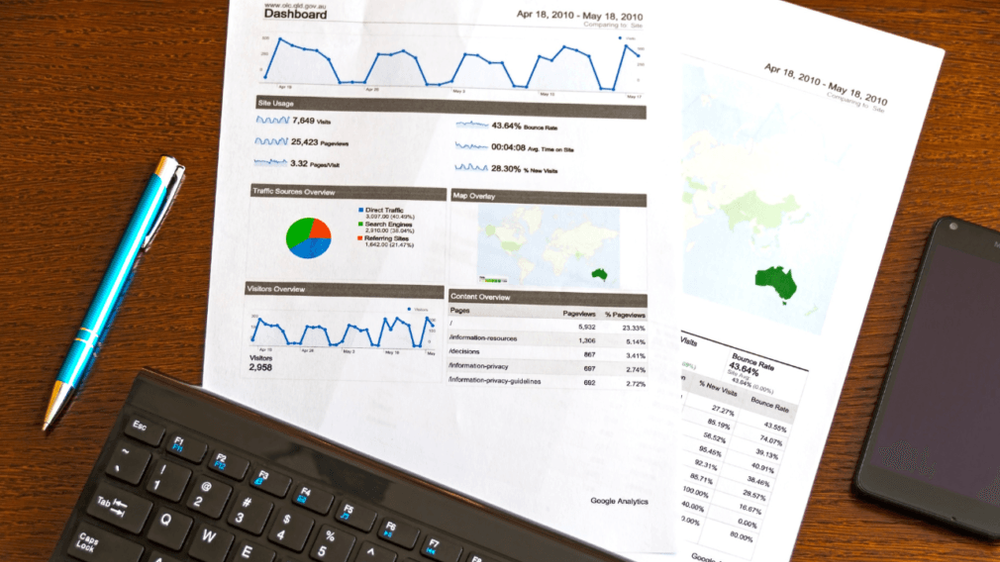Performance reports keep stakeholders informed about the project plan and assist nearshore software development teams in better grasping the state of a project and pinpointing areas for improvement. Understanding the various performance report formats will help you keep stakeholders updated on the status of any project you are working on. In this post, we discuss its advantages and provide a list of the various performance report kinds.
A Few Advantages of Consistent Reporting
- Transparency: Performance reports provide investors in the project the ability to see how your team members are spending their money at each stage of the project.
- Reduced room for error: Regular performance reporting helps identify any possible mistakes and emphasize them, which can speed up issue solutions.
- Monitors output: Performance reporting monitors the output and displays the rate of production, allowing you to predict when experts will be able to complete the project.
- Reporting can help verify that project participants are adhering to rules and regulations.
So, Which Report Do You Need?
Status Update
Throughout a project’s completion, a status report gives information on the present status of the undertaking. It identifies any areas for improvement, indicates whether the project is on schedule to meet deadlines, summarizes the project’s specifics, and lists any objectives that have been met. You may keep stakeholders informed of modifications and the project’s overall development with the use of status reports. Depending on the project’s communication management plan, this is the most frequent report, and it is typical to run status reports often during the project.
Development Report
Every action taken on the project since the last report is included in the progress report. It outlines the activities and objectives of a project that has already been finished, as well as any adjustments to the original plans. By comparing your most recent progress report to earlier progress reports, you may track the tasks you’ve performed and gauge your productivity.
Trend Analysis
A trend report looks for any persistent issues that have cropped up over numerous progress reports so that experts may see them and address them to speed up production. It contrasts the present performance of a project with its most recent performance over a comparable period. Throughout the project, you may finish these reports on a weekly, monthly, or annual basis, depending on the timeline. Reports on trends indicate whether a project’s overall output rate is rising or falling.
Risk Management Report: These reports present the level of risk of the main project components, as well as the measures being taken to prevent or mitigate those risks.
When assessing risks, the probability of their occurrence, as well as their consequences should they occur, must be taken into account. Risk management in software projects is becoming more and more relevant as an anticipation and provisioning mechanism to have a more proactive than reactive project management and thus, be able to increase the success rate in all its executions. For example, there may be a high level of technical complexity as well as integrations with unknown external systems in the project.
Technology Forecast Report: Forecast reports contain expectations of project parameters, as well as what experts might anticipate happening during a project. In the case of technology, it helps to reduce the uncertainty associated with new technologies. For example, one might plan new product development or make strategic decisions about technology licensing. Small companies use forecasting to identify key opportunities and challenges, plan the development of new products, establish technical parameters and performance standards for those new products and processes, and predict the adoption or diffusion of innovations.
Reported Earned Value: An earned value report uses mathematical calculations to show performance. Practitioners base these estimates on variances from the performance report. Suppose we have to manage a project consisting of the implementation of a computer installation (servers, networks, security, application, and software updates), on 5 PCs. We would take into account the duration of the project, the cost of materials and labor, and the amount of work performed (as in the following image) The earned value reports provide information on the production rate of the project.

To Sum Up
These reports will be useful whether your goal is to keep your entire team informed or you simply want to make sure you don’t overlook anything.
A reporting system like this can also help keep things more organized if you are working on numerous projects at once. Since you will have access to all the information, work can go forward more quickly and easily.



